Your Honey bear animal facts images are available in this site. Honey bear animal facts are a topic that is being searched for and liked by netizens now. You can Get the Honey bear animal facts files here. Find and Download all royalty-free photos and vectors.
If you’re looking for honey bear animal facts images information connected with to the honey bear animal facts keyword, you have pay a visit to the right blog. Our site always gives you hints for viewing the highest quality video and picture content, please kindly search and locate more informative video articles and images that match your interests.
Honey Bear Animal Facts. Kinkajous are sometimes called honey bears because they raid bees� nests. However, they are easy to startle and might become aggressive with their owners. Unlike its relatives, however, it has a long and prehensile tail that can curl around branches like a hand. Honey badgers are active day and night and are always hunting.
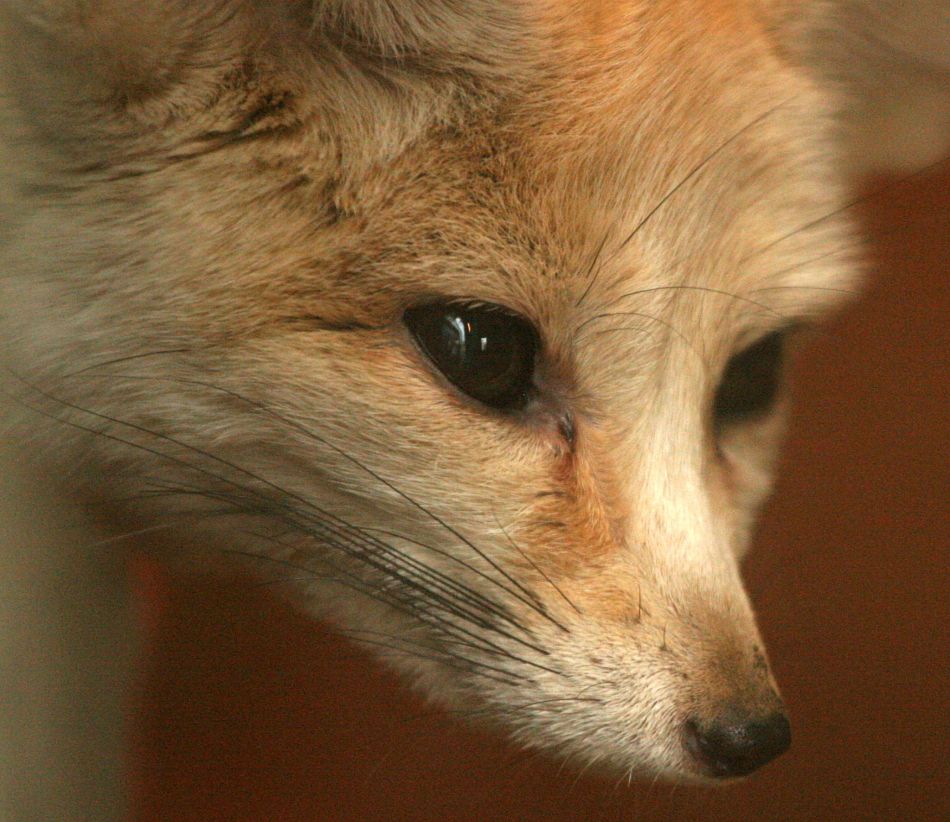 Animal Extreme Closeups Animal Facts Encyclopedia From animalfactsencyclopedia.com
Animal Extreme Closeups Animal Facts Encyclopedia From animalfactsencyclopedia.com
If you touch a beehive, wouldn’t you get stung? The sun bear has many different nicknames including “malay bear”, “dog bear” and “honey bear”. Plus, they can be difficult to house, as they require lots of room for exercise. Their claws are also quite long and curved which is useful for opening termite nests and climbing trees. Luckily they don’t seem bothered by bee stings. And use tools in various contexts from play to hunting.
Sun bears chow down insects, leaves, lizards, and berries.
Because they live in a tropical climate they do not hibernate like most other bears do. Honey is also an important component of their diet which they extract from bee nests using their long tongue of up 25 cm in length. Sun bears chow down insects, leaves, lizards, and berries. It comes out from resting at night, but during the daylight hours it finds refuge in a hole inside a tree or a tangle of leaves. Then the bears use their superlong tongues to extract the honey inside, often gobbling up bees with the sticky sweet. Amazing facts about the bear.
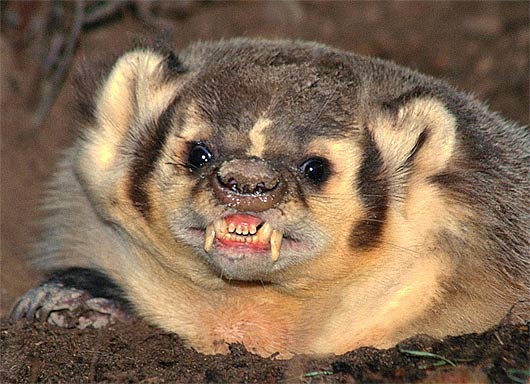 Source: factzoo.com
Source: factzoo.com
They also have a superb sense of smell that they use to locate food. Plus, they can be difficult to house, as they require lots of room for exercise. Because they live in a tropical climate they do not hibernate like most other bears do. Honey is also an important component of their diet which they extract from bee nests using their long tongue of up 25 cm in length. Also known as honey bears, kinkajous have become popular in the exotic pet trade.
![Honey Badger Fends off Lion Pride [Pics] YouTube Honey Badger Fends off Lion Pride [Pics] YouTube](https://i.ytimg.com/vi/yBGeZ7AXXXI/maxresdefault.jpg) Source: youtube.com
Source: youtube.com
Also known as honey bears, kinkajous have become popular in the exotic pet trade. Their short, thick fur renders physical protection from bee stings. How do kinkajous protect themselves? The honey badger can survive a bite from a king cobra, and then eat the snake. The word badger comes from the french word becheur which means digger.
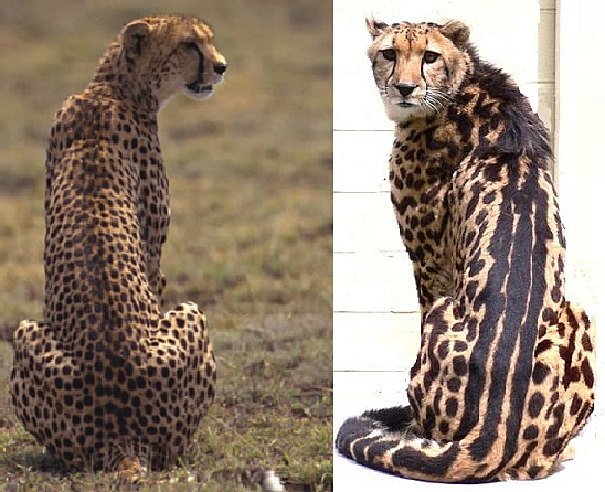 Source: animalfactsencyclopedia.com
Source: animalfactsencyclopedia.com
Bears grieve deeply for others. The sun bear is a species in the family ursidae occurring in the tropical forests of southeast asia. Evidence suggests that the bear is after the bees rather than the honey itself as the bees contain a higher amount of protein. The sun bear ( helarctos malayanus) is one of the rarest bear species in the world. And use tools in various contexts from play to hunting.
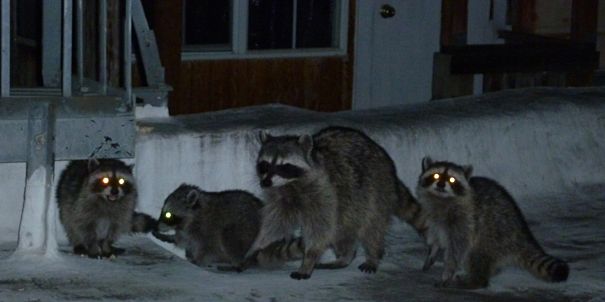 Source: animalfactsencyclopedia.com
Source: animalfactsencyclopedia.com
Males, slightly larger than females, are about 5 feet in length and weigh up to 150 pounds, a stature which suits their arboreal lifestyle and allows. The sun bear has many different nicknames including “malay bear”, “dog bear” and “honey bear”. They use their long, skinny tongues to slurp honey from a hive, and also to. How do kinkajous protect themselves? Large brain to body ratio;
 Source: animalfactsencyclopedia.com
Source: animalfactsencyclopedia.com
Plus, they can be difficult to house, as they require lots of room for exercise. Males, slightly larger than females, are about 5 feet in length and weigh up to 150 pounds, a stature which suits their arboreal lifestyle and allows. Large brain to body ratio; They have far superior navigation skills to humans; The sun bear ( helarctos malayanus) is one of the rarest bear species in the world.
 Source: animalfactsencyclopedia.com
Source: animalfactsencyclopedia.com
Their dexterous paws help them manipulate food. The word badger comes from the french word becheur which means digger. Sun bears chow down insects, leaves, lizards, and berries. Plus, they can be difficult to house, as they require lots of room for exercise. The sun bear has many different nicknames including “malay bear”, “dog bear” and “honey bear”.
 Source: animal-wildlife.blogspot.com
Source: animal-wildlife.blogspot.com
Most bear species are known to love the taste of natural honey. To get the treat, they rip open beehives with their sharp claws. Unlike its relatives, however, it has a long and prehensile tail that can curl around branches like a hand. The sun bear ( helarctos malayanus) is one of the rarest bear species in the world. The sun bear is a species in the family ursidae occurring in the tropical forests of southeast asia.
 Source: animalfactsencyclopedia.com
Source: animalfactsencyclopedia.com
Honey is also an important component of their diet which they extract from bee nests using their long tongue of up 25 cm in length. Amazing facts about the bear. Plus, they can be difficult to house, as they require lots of room for exercise. However, they are easy to startle and might become aggressive with their owners. They have far superior navigation skills to humans;
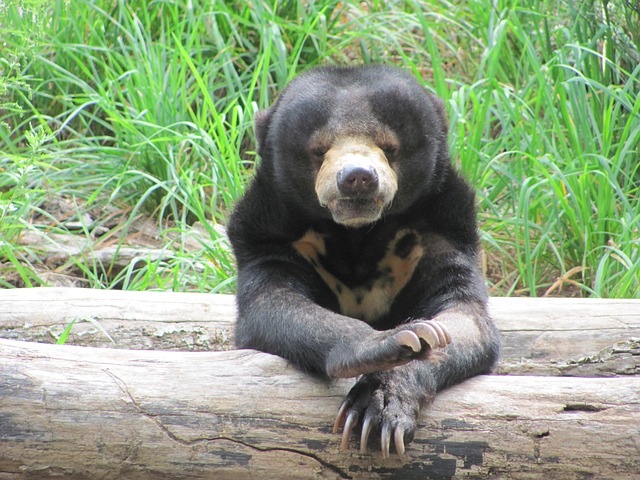 Source: balisafarimarinepark.com
Source: balisafarimarinepark.com
It comes out from resting at night, but during the daylight hours it finds refuge in a hole inside a tree or a tangle of leaves. Their short, thick fur renders physical protection from bee stings. Also known as honey bears, kinkajous have become popular in the exotic pet trade. Every year the average american consumes 1.1 pounds of honey. What is the habitat of the sun bear?
This site is an open community for users to share their favorite wallpapers on the internet, all images or pictures in this website are for personal wallpaper use only, it is stricly prohibited to use this wallpaper for commercial purposes, if you are the author and find this image is shared without your permission, please kindly raise a DMCA report to Us.
If you find this site good, please support us by sharing this posts to your favorite social media accounts like Facebook, Instagram and so on or you can also save this blog page with the title honey bear animal facts by using Ctrl + D for devices a laptop with a Windows operating system or Command + D for laptops with an Apple operating system. If you use a smartphone, you can also use the drawer menu of the browser you are using. Whether it’s a Windows, Mac, iOS or Android operating system, you will still be able to bookmark this website.





